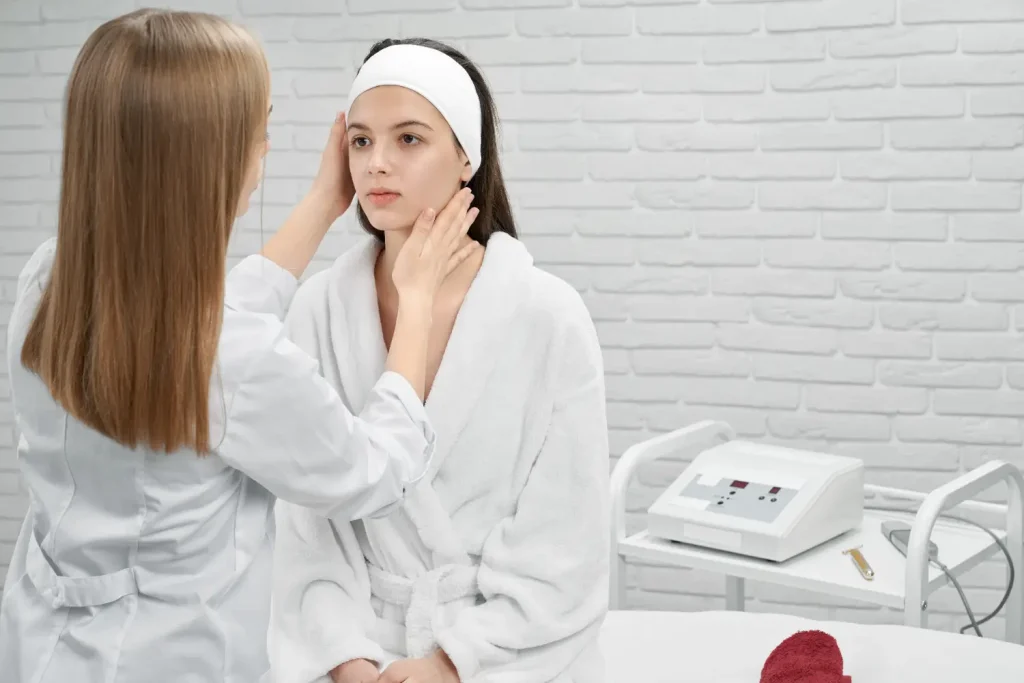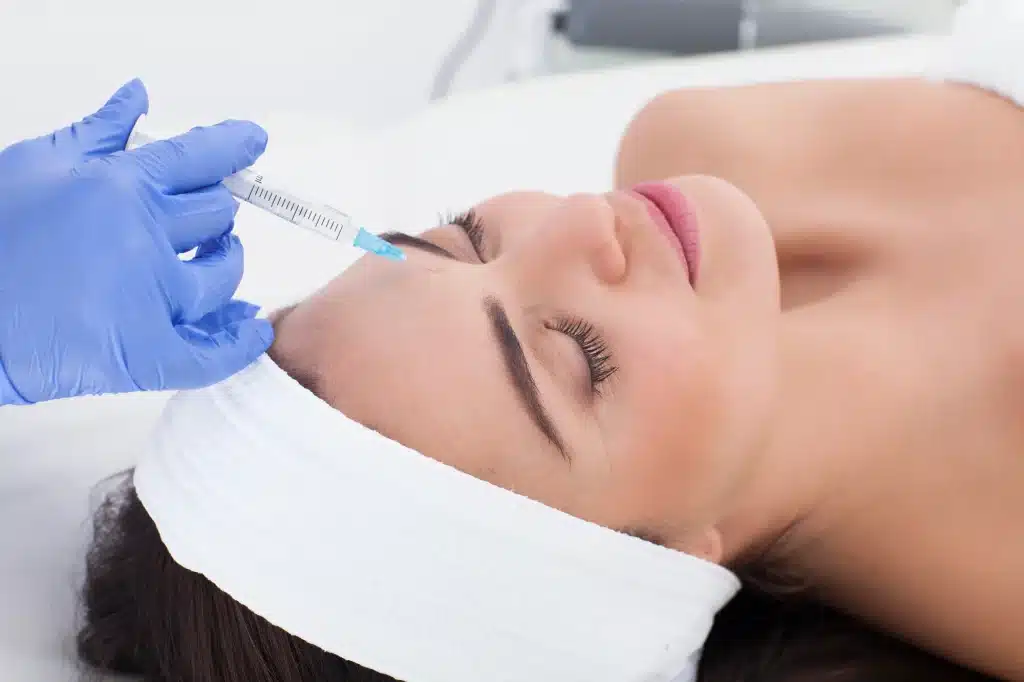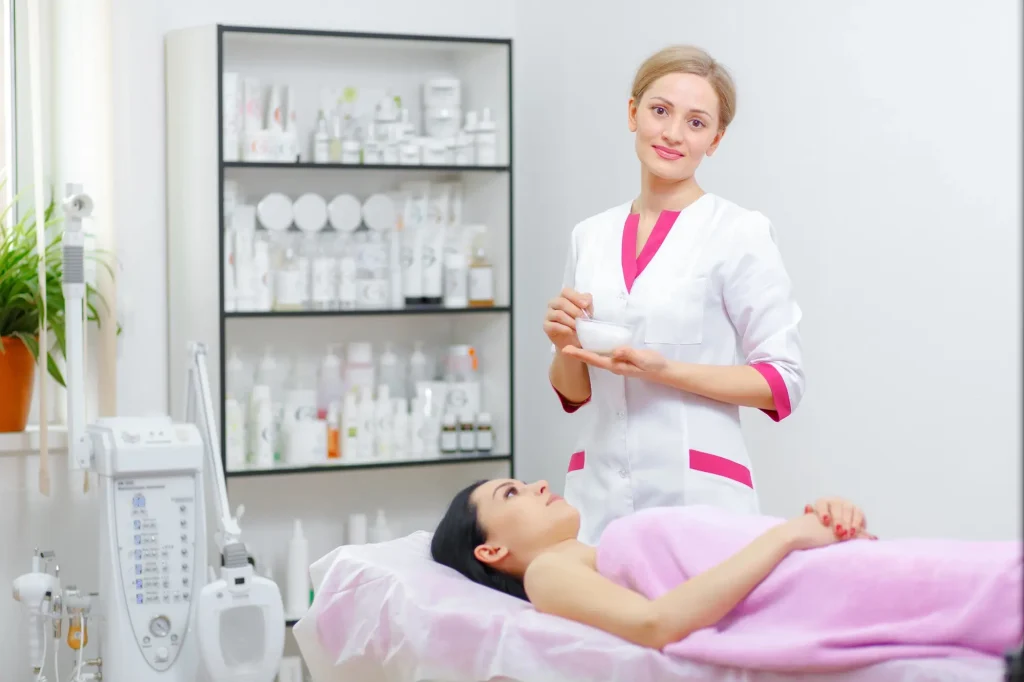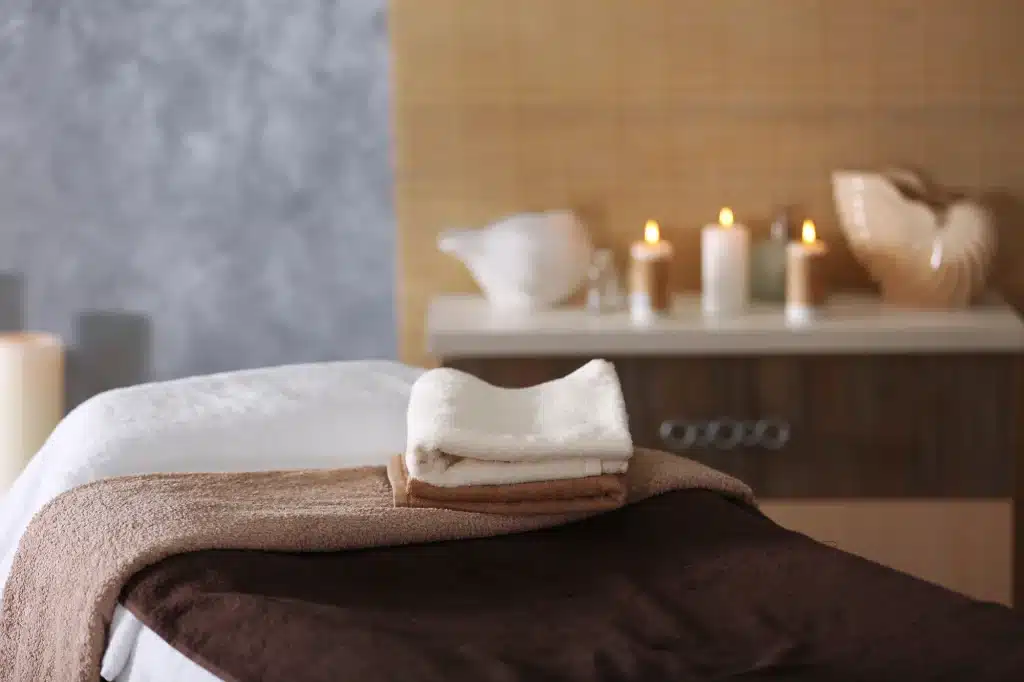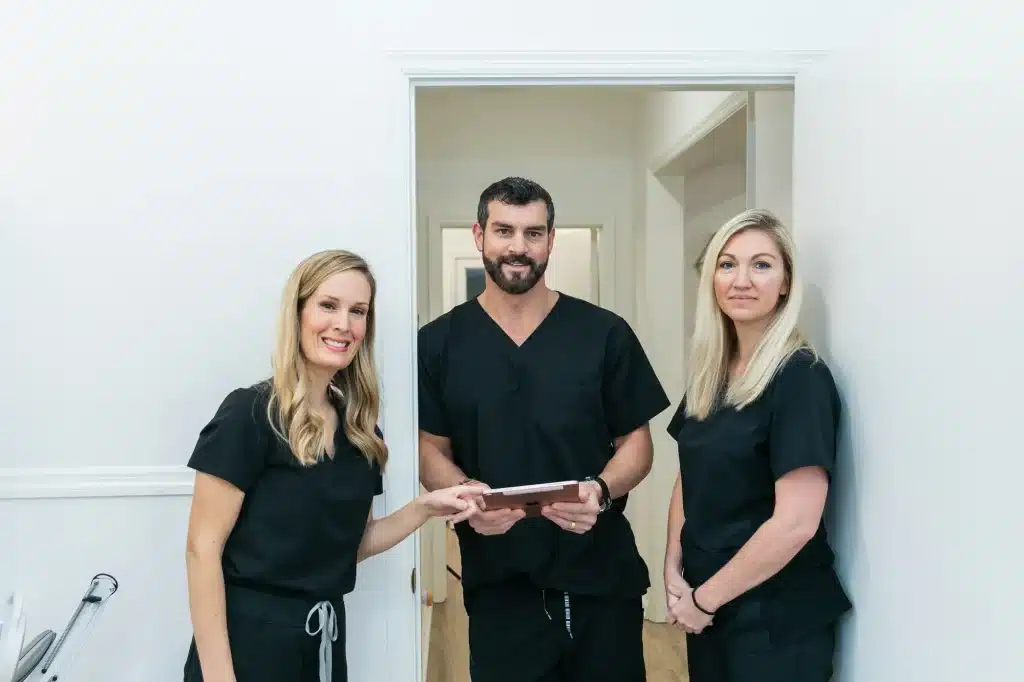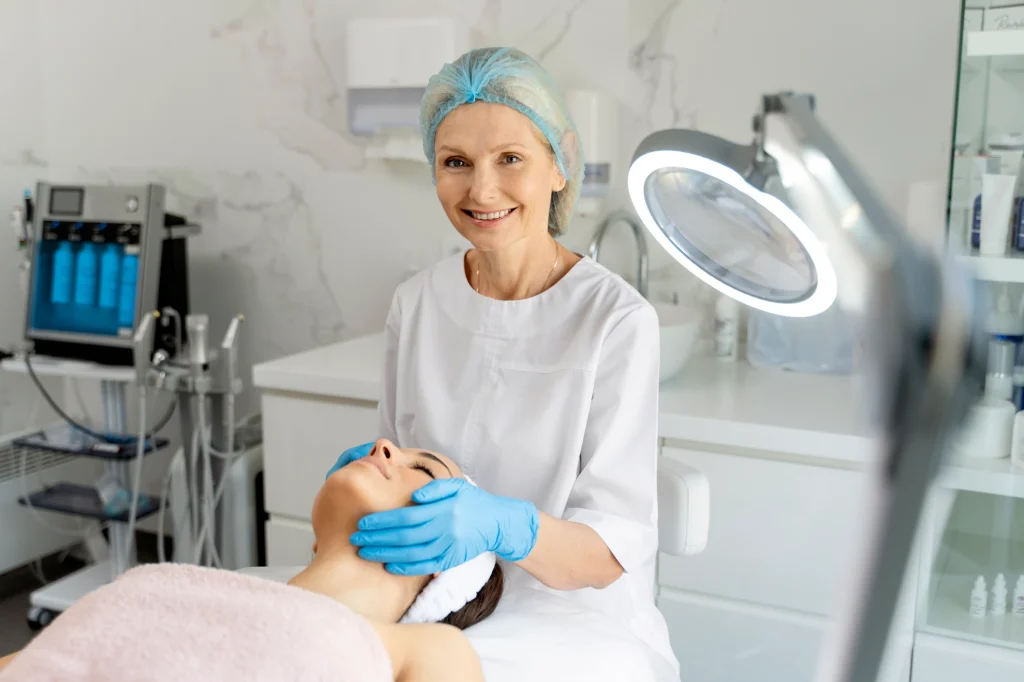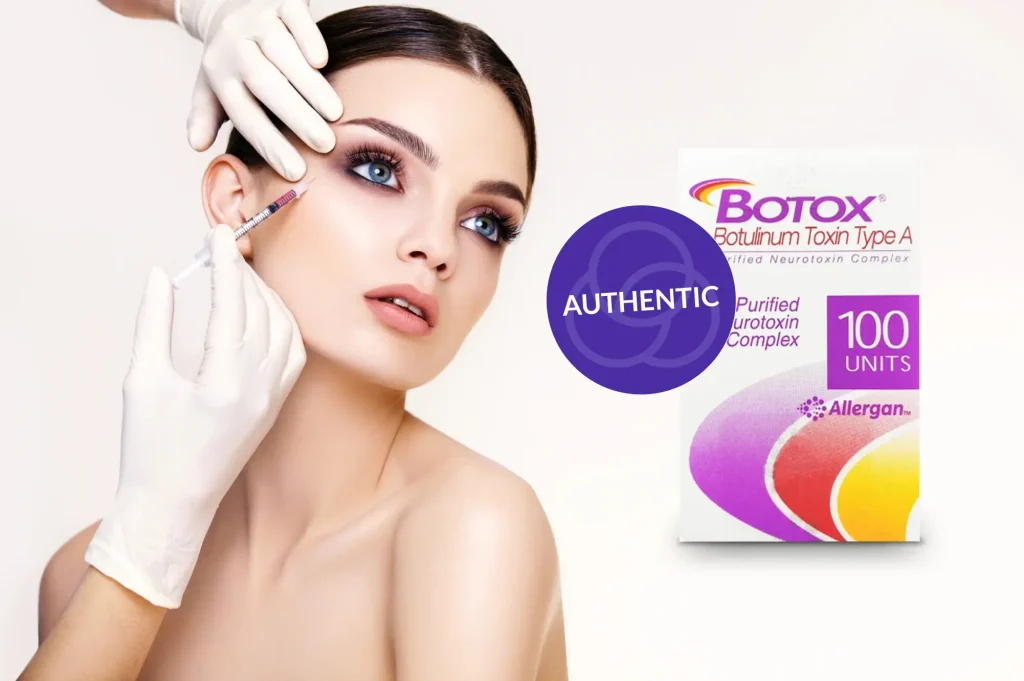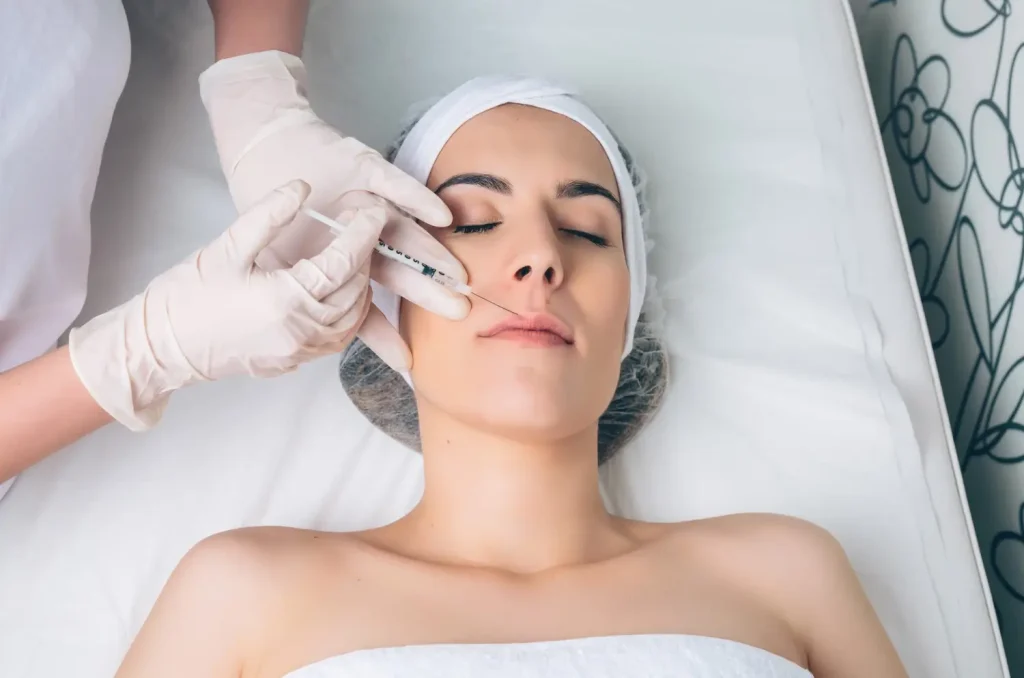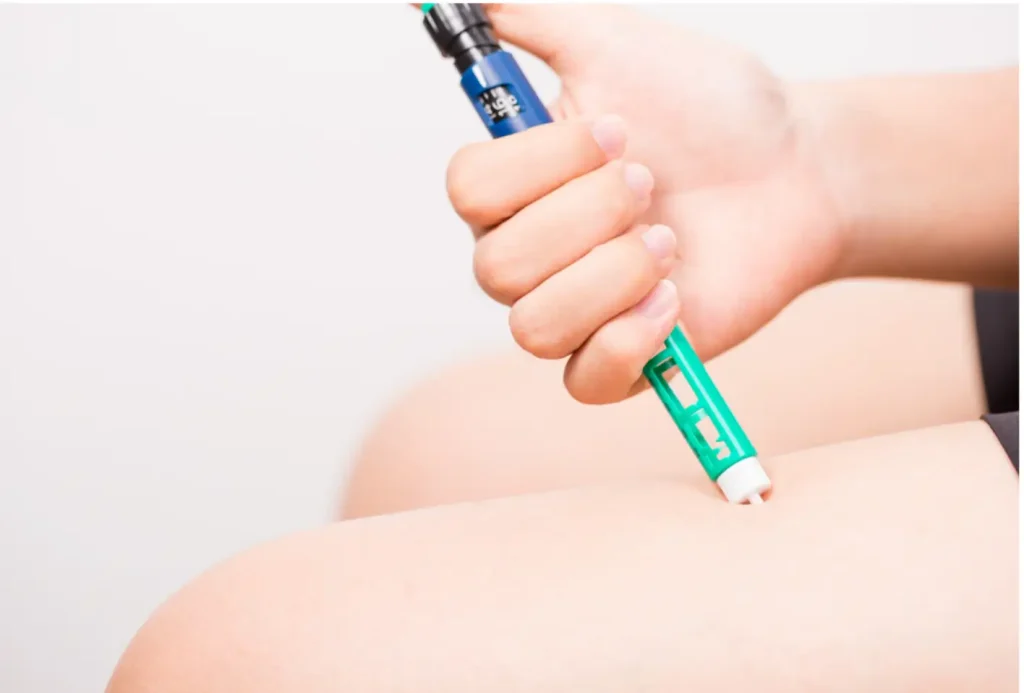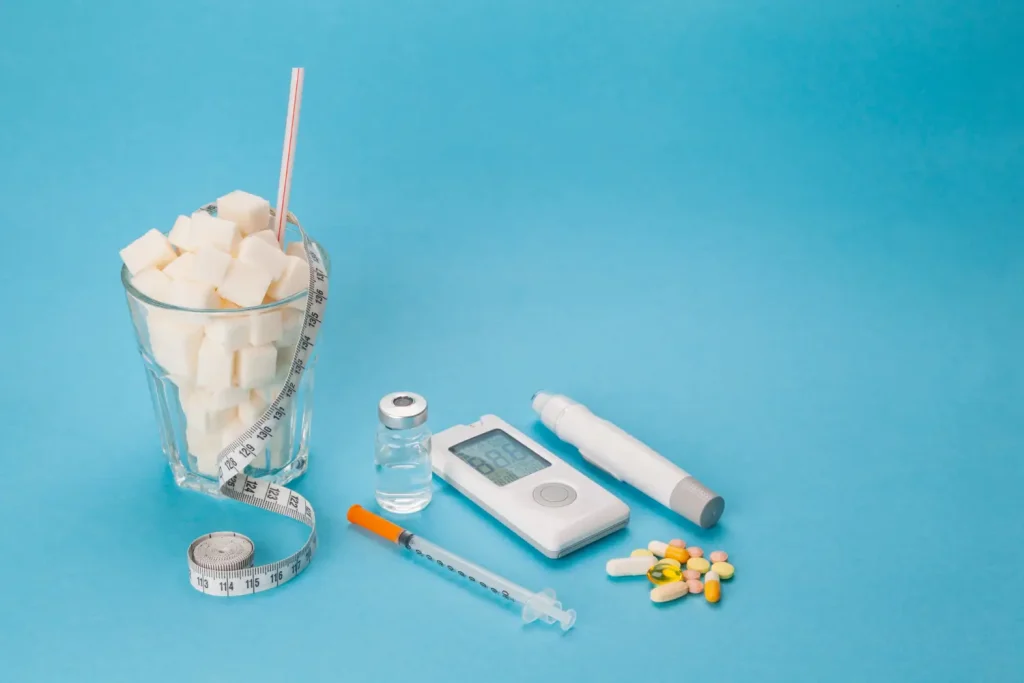The majority of the dermal fillers available presently in the aesthetics industry are hyaluronic acid-based. Some patients who find they are hypersensitive to treatment with this substance may need to look for an alternative. Thankfully, ingredients that will not cause this same hypersensitivity, yet are equally compatible and effective, are readily available. Clinicians and estheticians who wish to expand their pool of clients through the products tailored to more specific needs, can include Sculptra and Radiesse in their clinics.
Non-hyaluronic acid dermal fillers
Both Sculptra and Radiesse are nonsurgical cosmetic fillers that do not use hyaluronic acid. Instead, each of them has their own unique ingredient that can produce beneficial effects for the skin.
Sculptra is an injectable dermal filler that uses poly-L-lactic acid (PLLA) microparticles. It is suspended in a gel carrier that contains carboxymethyl cellulose and mannitol. It should be administered via deep dermal injection(s).
For Radiesse, the main substance is biosynthetic calcium hydroxylapatite microparticles (CaHA). It is suspended in a gel carrier of sodium carboxyl methylcellulose, glycerin, and sterile water. Radiesse is available as a white, opaque, sterile, and cohesive gel in a prefilled syringe. It should be administered via deep dermal injections.
Both products are indicated for correcting the midface region, folds, and wrinkles, especially moderate to severe nasolabial folds and marionette lines. They are also suitable for filling in cheeks that have suffered age-related volume loss. Like most dermal fillers, these two products aim to increase the plumpness of the face while eliminating any marked depressions or imperfections. Radiesse has an additional approval from the FDA for correcting volume loss on the back of hands, whereas Sculptra has been approved by the FDA for correcting facial lipoatrophy in patients with HIV.
PLLA vs CaHA – What are the differences?
Both Sculptra and Radiesse provide impermanent but long-lasting improvements to the skin. It is essential for every injector to understand the respective mechanisms of action of these two products before prescribing them to their patients. Depending on the context, one product may be better-suited than the other when it comes to specific kinds of cases.
PLLA is a substance that is widely used in the medical industry. It is a major component for biocompatible implants, such as plates and sutures. After PLLA is injected into the deep dermis, the microspheres will stimulate the formulation of new collagen by promoting fibroblastic activity. PLLA will also serve as a backbone for new collagen network that will be able to provide volume for a substantial period of time. Surprisingly, the stimulation of collagen production occurs simultaneously with PLLA’s enzymatic or non-enzymatic degradation process.
CaHA also works as a fibroblast stimulant, but its biochemical composition is more similar to the human bones and teeth. It has been shown that the growth of collagen can be detected as early as four weeks after an intradermal injection of CaHA. The gel carrier, which disintegrates within two to three months, will be replaced by the new collagen layer whose growth its stimulates. CaHA also gradually disintegrates into smaller calcium and phosphate ions with help from phagocytes. Regardless of the metabolic process and the disintegration of CaHA, the aesthetic results are prominent and long-lasting.
How long do they last?
As both main ingredients dissolve into the body’s extracellular environment, the newly-formed collagen layers they both create will take on the responsibility for sustaining the plumpness and freshness of skin. Both act as impressive restorers of volume and can last for a year or two. The effects of Sculptra have, in some cases, lasted for as long as three years.
Another shared similarity between the two is that they are not as reversible as HA-based dermal fillers. However, patients who experience swelling and bruising immediately after injections of these products should not worry, as these effects will subside within a month or whenever the original gel suspension resolves on its own.
Professional use of Sculptra and Radiesse
Like most dermal fillers, Sculptra and Radiesse are both injectable implants. As mentioned before, Sculptra requires an additional preliminary procedure of reconstitution with sterile water for injection. Since the vials of both products are single-use, the doses of both Radiesse and Sculptra have to be appropriate for the specific indication at hand.
First and foremost, patient management is crucial in ensuring a smooth and satisfactory process. The patient has to be aware of the limitations, expectations, and nature of each treatment. To make patients more comfortable, use a topical anesthetic cream, such as lidocaine, to reduce the sensation felt during the injection of either Radiesse or Sculptra. Recent development in the Radiesse brand has led to a product called Radiesse (+) whose solution is pre-mixed with lidocaine.
Each product requires a specific needle size and technique(s). For Sculptra, the ideal needle size is a 26-gauge needle, and the ideal technique is threading or tunneling via a cross-hatching or grid pattern. For each point, inject 0.1 to 0.2ml of Sculptra. The distance between two points is typically between 0.5 to 1cm.
For Radiesse, the ideal needle size is a 25-gauge needle with Luer-Lok fittings. The needle must be advanced into the subdermis or deep dermis of the skin. Avoid superficial placement, as this may cause a granuloma formation. An even distribution can be achieved by using a combination of the cross-hatching and fanning injection technique. When treating the cheek, the maximum amount is 1ml per side.
After completing either of these injections, gently massage the treated area to sculpt the gel according to the contours of the neighboring facial structures. This form will become more natural as the collagen takes shape. The end result will be plump and healthy skin that is free from wrinkles.
Both procedures are quick and efficient and can be achieved within less than an hour. There is also minimal downtime for the patients, thus allowing them to walk into the clinic in the midst of their daily routine. Due to the longevity of both products, patients can have a cost-effective procedure that is also not damaging to their skin.
Conclusion
Both Sculptra and Radiesse provide ideal, long-lasting outcomes without requiring an invasive procedure. A responsible practitioner must have an in-depth knowledge of these two products when performing injections with them.




